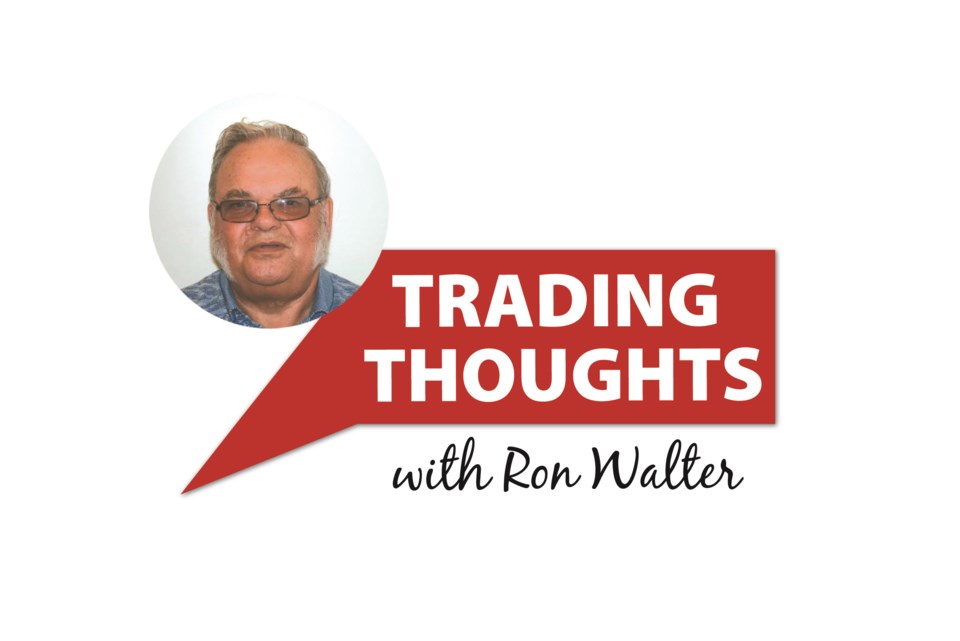The relocation of the Kootenay Ice WHL team to Winnipeg serves notice on hockey fans to never take the Warriors in Moose Jaw for granted.
Small hockey markets such as Swift Current, Moose Jaw, Prince Albert and Brandon remain vulnerable to relocation.
The only things keeping small market teams from moving to another large city market are continuing fan support to put bums in arena seats and community fundraising.
The Kootenay market isn’t that different from Moose Jaw. The Ice home, Cranbrook, is smaller with about 30,000 people in town and the immediate district but draws on a 100,000-trading area compared with 56,000 in the Moose Jaw trading area.
Both have resource-based economies: grain, livestock and potash for Moose Jaw; coal mining, forestry and lead mining for Cranbrook. Resource-based industries work with up and down cycles.
The expansion of coal mining near Cranbrook has come to a halt with job losses. Forestry is no better, The century old Sullivan lead mine in the trading area has downsized jobs for years from new technology and lower reserves.
When the Kootenay Ice came to Cranbrook 22 years ago to play for two years in a 1,750-seat arena until a new 4,400 seat arena was built, some observers thought the move from Edmonton, where fan support wasn’t sufficient, a silly attempt.
At first Cranbrook proved them wrong with great community support. Attendance in the first three years averaged more than 3,500 a game as the team performed well.
In more recent years with a slower economy and a less winning team, attendance has skidded to average 2,121 for the last five years.
When Winnipeg businessmen bought the Ice in 2018, the handwriting was on the wall. A spate of trades for players with Manitoba-birth connections was more evidence.
Community ownership makes no difference, as Moose Jaw learned about 12 years ago when the league demanded a new arena or the Warriors would be moved to a larger city.
The WHL has become big business. Team ownership is no longer a write-off of an expensive boy-toy. Today’s team ownership involves a return on investment and funding large enough budgets to compete with large urban team support.
Attracting a new, younger fan base is a must. Most of the Warriors fans sport grey hair. When younger fans attend, they often spend much of the game on their smart phones.
Future distractions from local hockey attendance range from Netflix competition to those black Android boxes that allow owners to view “free” sports from anywhere in North America any time.
The rink built at Mosaic Place doesn’t ensure the Warriors will stay. Ensuring that requires ongoing support and work.
Game and season ticket revenues require fundraising through advertising support, sponsorship and 50-50 draws.
Small market fans can’t support high prices as can be seen from some single game prices. Kootenay charges $28.25 versus $22 in Moose Jaw. Kamloops charges $25 while Vancouver prices range from $23.25 to $38.50 and Seattle ranges between $28 and $45.
Ron Walter can be reached at [email protected]
The views expressed in this column are solely those of the author and do not necessarily reflect those of Moose Jaw Today, the Moose Jaw Express, its management, or its subsidiaries.




